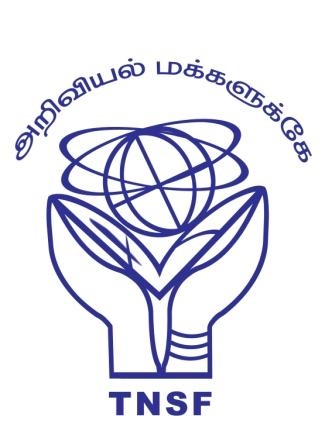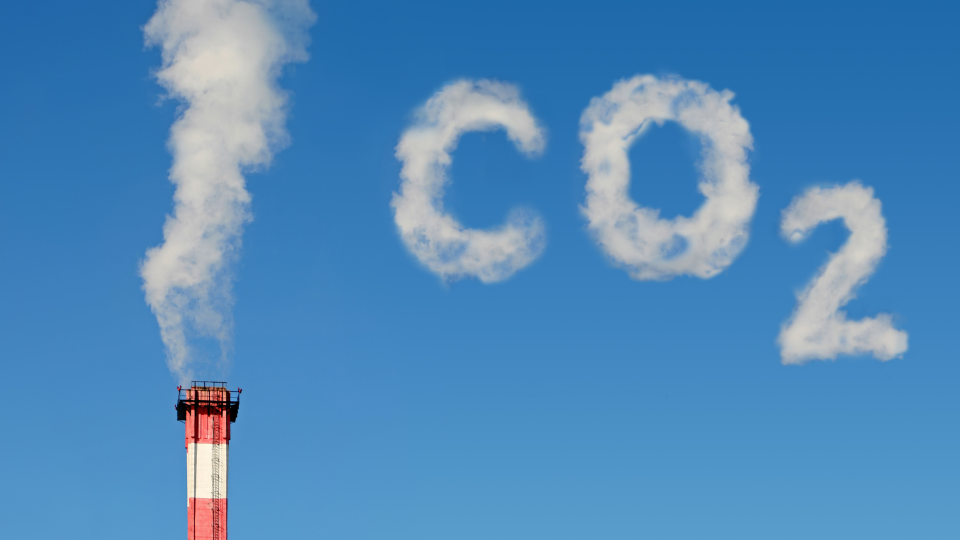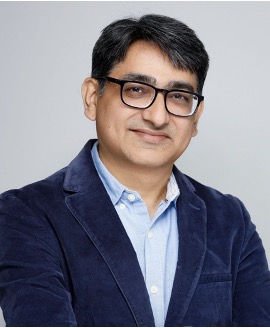About Program

This is part of its efforts to popularize science to the general public and students who are pursuing science as their career. TNSF attempt to focus on students on higher science as everyone knows that learning of science at college within the curriculum is not enough to acquire holistic knowledge of science at the appropriate time. Hence, to fill the gap between what students are acquiring through the curriculum and what it is required, TNSF is planning its activities on higher science to students who are pursuing higher education.

About the Lecture
Global CO2 emission has touched ~39 billion tons of carbon dioxide per year, and despite all the talk
about net zero CO2 emission, the rate of CO2 emission is expected to stay at the current level for
few more years. While role of solar, wind, hydro/waves, hydrogen etc. (perhaps nuclear as well)
is acknowledged, current energy need, and proposed GDP growth of developing countries could not be
achieved without ensuring implementation of CCUS. CCUS is essentially a three-step process,
i) Capturing or separating the CO2 from its associated gases,
ii) Transporting the captured, relatively purer CO2 (from step-i) to the utilization site where
part of the CO2 could be processed for its utilization, and
iii) Majority of the CO2 which could not be converted (in step-ii) has to be transported
and sequestered for geological timescale. Thus, amount of CO2 utilized or sequestrated
is directly proportional to the amount of CO2 captured. CO2 capture technology has to
become robust, and sustainable with time, this presentation would briefly explain the
challenges in adaptation of this technology at larger scale.
